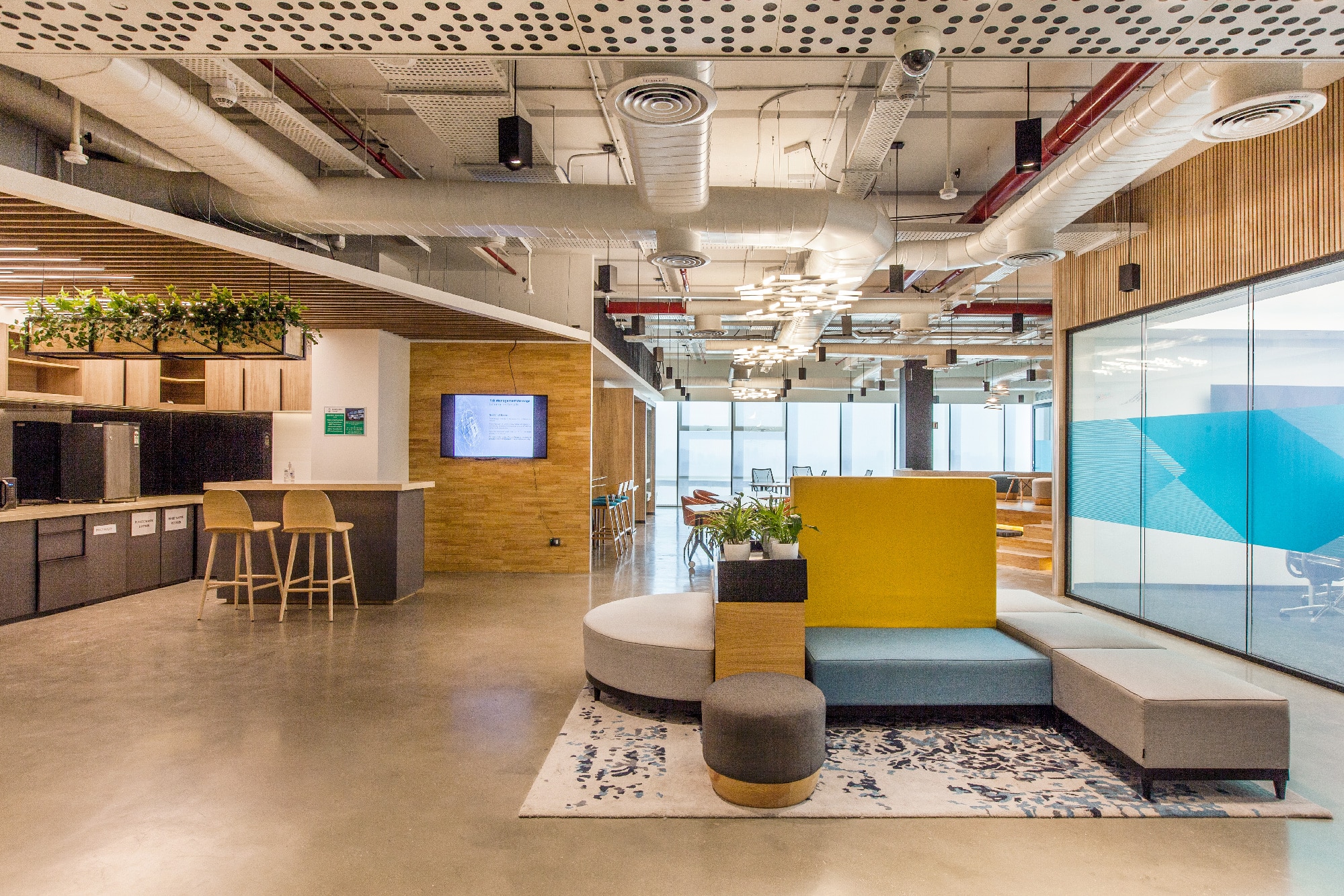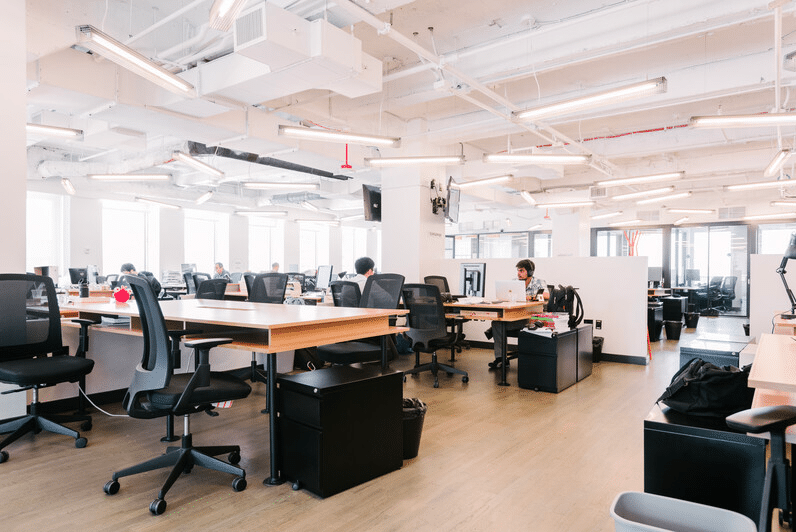Selecting the appropriate office space is a critical choice for any enterprise. Whether you’re a startup looking for your first office or an established company seeking to expand, the size of your office can significantly impact your productivity, employee satisfaction, and bottom line.
Determining the right size of office space involves a careful assessment of your current needs, future growth, and various other factors. You can make an informed decision with the help of this comprehensive information.
Assess Your Current Needs

- Number of Employees: The most straightforward factor is the number of employees. The general rule of thumb is to allocate about 100 to 150 square feet per employee. This space includes their workstations, common areas, and other facilities. For example, if you have 20 employees, you would need approximately 2,000 to 3,000 square feet.
- Type of Work: Different types of work require different amounts of space. For instance, a call center may require less space per employee compared to a design firm where employees need larger desks and more creative space. Understand the specific needs of your business operations.
- Workstations and Equipment: Consider the size and number of workstations, meeting rooms, storage areas, and equipment. Do you need private offices or open workspaces? Will you require large conference rooms, a reception area, or break rooms? Make a list of all the necessary spaces and their approximate sizes.
Consider Future Growth
While it’s important to address your current needs, anticipating future growth is equally crucial. Leasing office space is often a long-term commitment, and moving can be costly and disruptive. Here’s how to plan for growth:
- Projected Growth: Estimate your growth over the lease term. If you anticipate a 20% increase in staff over the next few years, factor this into your space requirements. Ensure you have enough room to accommodate new hires without overcrowding.
- Flexible Space Options: Look for office spaces that offer flexible lease terms or the option to expand. Some buildings may allow you to lease additional space as your company grows or downsize if needed.
Location and Accessibility

- Commute and Accessibility: Choose a location that is convenient for your employees and clients. An easily accessible office can reduce commute times and increase employee satisfaction.
- Local Amenities: Proximity to restaurants, cafes, gyms, and other amenities can enhance the work experience for your employees and make your office more attractive.
Budget Considerations
Your budget plays a significant role in determining the size of the office space you can afford. It’s critical to strike a balance between your needs and your financial situation:
- Cost per Square Foot: Office rental rates vary significantly by location and building type. Calculate the cost per square foot and compare it with your budget. Don’t forget to account for additional costs such as utilities, maintenance, and parking.
- Efficiency: Sometimes, a smaller, well-designed space can be more efficient than a larger, poorly laid-out office. Consider hiring an interior designer to maximize the efficiency of your office space.
Employee Comfort and Productivity
Employee comfort and productivity are paramount. A well-designed office space can boost morale and productivity:
- Ergonomics: Ensure that workstations are ergonomically designed to prevent strain and injury. Comfortable chairs, adjustable desks, and appropriate lighting are essential.
- Breakout Areas: Include breakout areas where employees can relax, collaborate informally, or take a break. These areas can enhance creativity and reduce stress.
Legal and Compliance Considerations

- Building Codes: Verify that the office space meets all local building codes and regulations. This includes fire safety, accessibility, and health regulations. Compliance with these codes ensures that the space is safe for occupancy and meets standards for emergency preparedness and accessibility for all employees, including those with disabilities.
- Lease Agreement: Carefully review the lease agreement. Understand the terms and conditions, including any restrictions on modifications or renovations. Pay attention to clauses related to maintenance responsibilities, termination conditions, and any obligations for returning the space to its original condition at the end of the lease term. This can prevent legal disputes and ensure that any necessary changes to the office space are permissible.
Determine the Right Size of your Office Space for Rent
Determining the right size of office space to rent involves a multifaceted approach. By assessing your current needs, anticipating future growth, considering location and budget, and focusing on employee comfort and legal compliance, you can make a well-informed decision.
The right office space not only supports your current operations but also facilitates growth and enhances productivity. Taking the time to carefully plan and choose your office space can have a lasting positive impact on your business.

